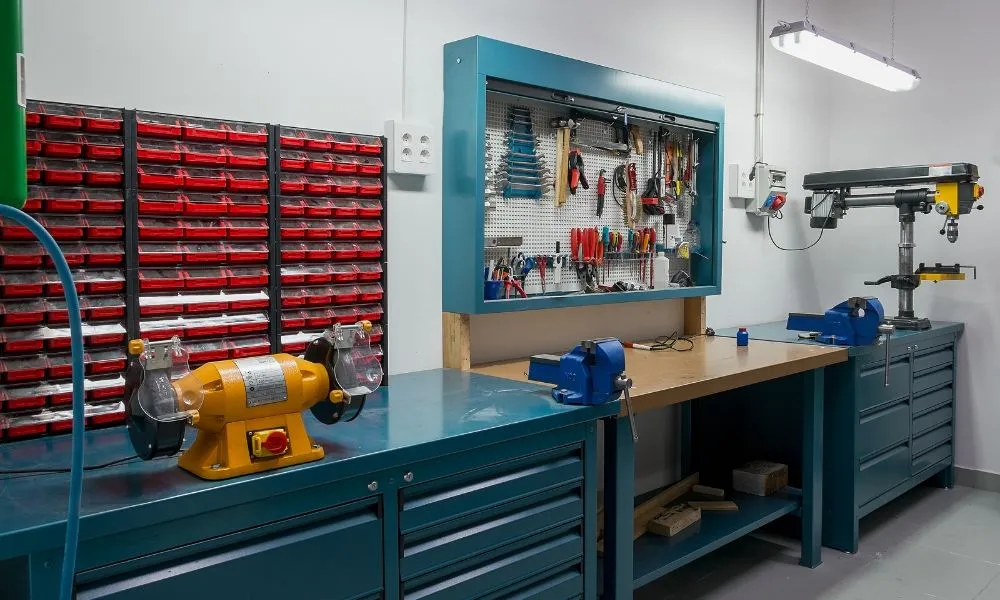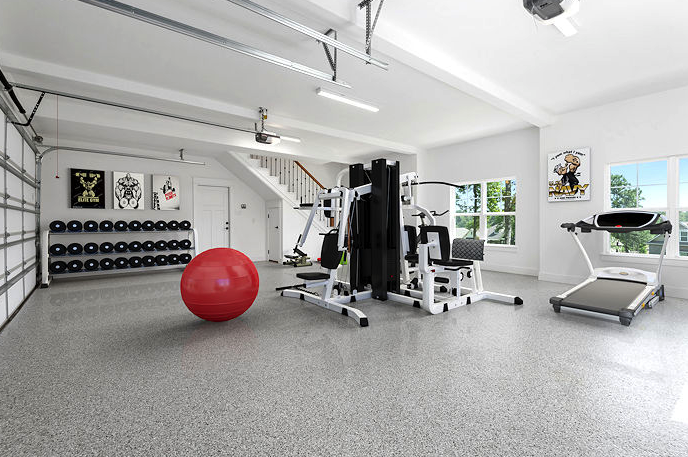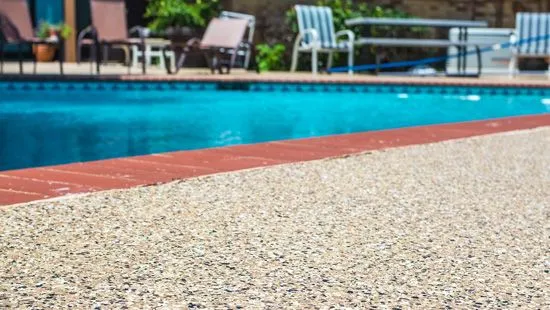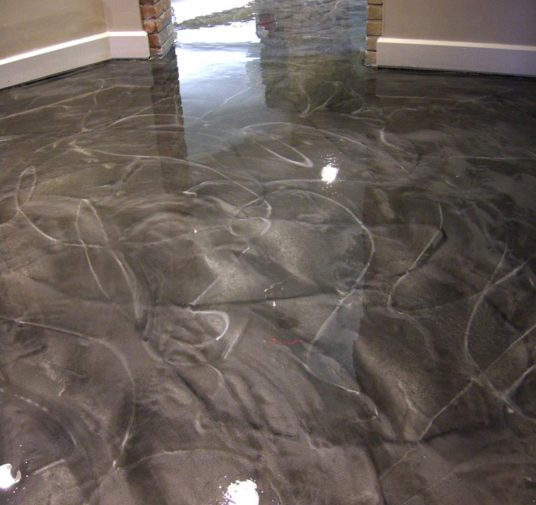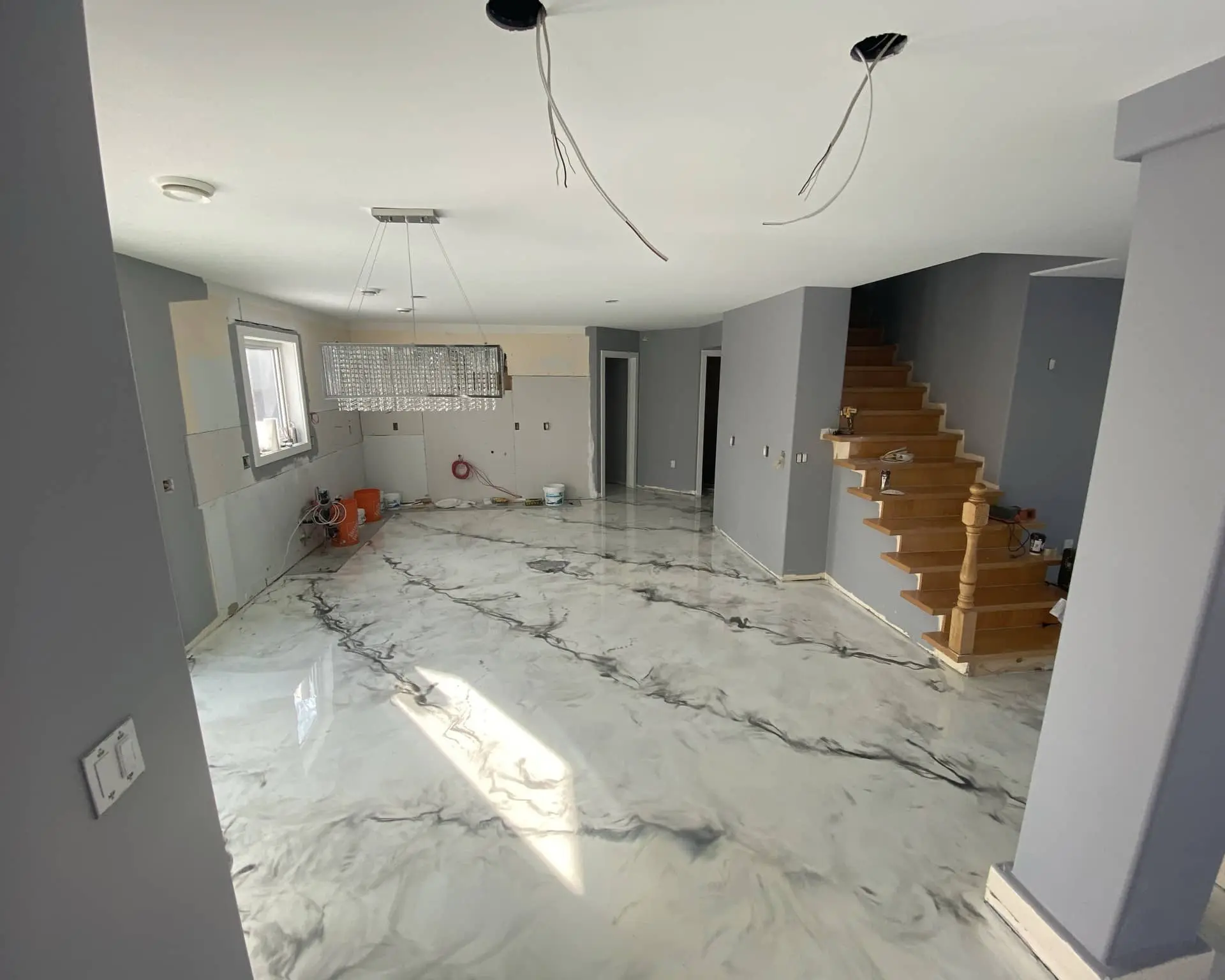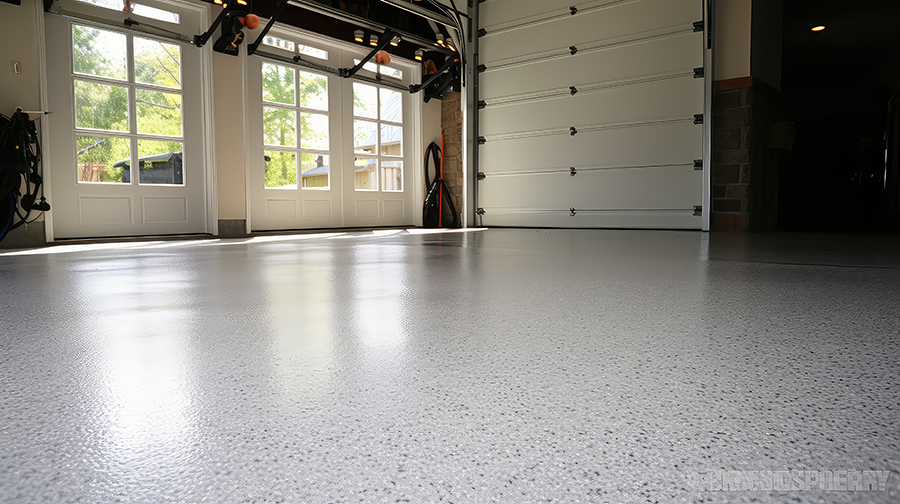A garage is more than just a place to park your car—it’s often a workshop, storage area, or even a space for hobbies. Over time, the flooring in this multifunctional space endures a lot of wear and tear, from heavy vehicle loads to chemical spills. While garage floors are designed to withstand these elements, even the toughest surfaces will eventually show signs of aging and damage. Knowing when it’s time to resurface your garage floor can save you money on repairs and prevent further deterioration.
Resurfacing not only restores the appearance of your garage but also improves its durability and functionality. If you’re unsure whether your garage floor needs attention, the team at Profeta Garage Floors has put together the top signs your garage floor needs resurfacing:
1. Visible Cracks in the Concrete
One of the most common indicators that your garage floor needs resurfacing is the presence of cracks in the concrete. Over time, temperature fluctuations, moisture, and pressure from heavy vehicles can cause the concrete to expand and contract, leading to cracks. While minor hairline cracks may seem harmless, they can widen over time and allow moisture to seep in, causing further damage.
If left untreated, cracks can weaken the structural integrity of your garage floor, making it more susceptible to larger issues such as potholes. Resurfacing can repair these cracks, sealing them and preventing moisture from causing additional harm.
2. Stains That Won’t Come Out
If your garage floor is covered in stains that won’t budge, even with regular cleaning, it may be time to consider resurfacing. Garage floors are exposed to various chemicals and substances, including oil, gasoline, and cleaning products, which can penetrate the concrete and leave behind unsightly stains.
Over time, these stains not only detract from the appearance of your garage but can also weaken the surface of the floor. A professional resurfacing job can remove these stains, restoring the look of your garage and providing a fresh, clean surface that’s easier to maintain.
3. Peeling or Fading Coatings
If your garage floor was previously coated with epoxy or another protective material and you notice peeling or fading, it’s a clear sign that the floor needs resurfacing. Coatings protect the floor from moisture, chemicals, and abrasions, but over time, these protective layers can degrade.
Peeling or fading coatings expose the concrete to the elements, making it vulnerable to damage. Resurfacing with a durable material like polyaspartic coatings can restore the protective layer, ensuring your garage floor stays strong and looks great for years to come.
4. Uneven or Pitted Surface
Over time, garage floors can develop an uneven surface due to erosion, moisture penetration, or poor installation. This can lead to pitting, which creates small holes or depressions in the floor, making it difficult to clean and maintain.
An uneven surface is more than just a cosmetic issue—it can also be a tripping hazard and make it difficult to park vehicles or move heavy equipment. Resurfacing can fill in these imperfections, creating a smooth, level surface that is safer and more functional.
5. Moisture or Water Damage
Garages are prone to moisture and water damage, especially in climates where there is a lot of rain or snow. If you notice water pooling on your garage floor, or if the floor feels damp even in dry weather, this could be a sign that the surface is no longer properly sealed.
Excess moisture can lead to mold and mildew growth, as well as cracking and staining. If your garage floor is showing signs of water damage, resurfacing with a moisture-resistant coating can provide the protection needed to keep your floor in top condition.
6. Discoloration or Fading
If your garage floor has lost its original color or has become discolored in certain areas, it may be time to consider resurfacing. Exposure to UV rays, chemical spills, and regular wear and tear can cause the color of your garage floor to fade or change over time.
Resurfacing your floor can restore its original appearance or even allow you to upgrade to a new, more modern finish. With options like color flakes or decorative coatings, you can customize the look of your garage floor to match your style while also protecting it from future damage.
7. Difficulty Cleaning the Floor
A properly coated garage floor should be easy to clean and maintain. If you’re finding it increasingly difficult to keep your floor free of dust, dirt, or spills, this could be a sign that the surface has become too worn or porous. Uncoated concrete can trap dirt and liquids, making it harder to maintain a clean space.
Resurfacing your garage floor with a smooth, durable coating like polyaspartic can create a surface that repels dirt, liquids, and stains, making it much easier to clean and maintain.
8. Age of the Floor
Finally, the age of your garage floor is an important factor to consider. While well-maintained concrete floors can last for decades, they will eventually show signs of wear and tear. If your garage floor is more than 10-15 years old and hasn’t been resurfaced, it may be time to give it some attention.
By resurfacing your floor before major damage occurs, you can extend its lifespan and maintain its durability, ensuring that it continues to perform well for years to come.
Choosing Profeta Garage Floors
Your garage floor is an essential part of your home, and keeping it in good condition not only enhances its functionality but also improves the overall value of your property. If you’re noticing any of the signs mentioned above—such as cracks, stains, or peeling coatings—it may be time to consider resurfacing.
A professional resurfacing job can restore your garage floor’s appearance, improve its durability, and make it easier to maintain. Profeta Garage Floors specializes in high-quality coatings, including polyaspartic and epoxy, that are designed to withstand heavy use and protect your garage floor for the long term. Don’t wait for small issues to become bigger problems—resurface your garage floor and enjoy a cleaner, safer, and more durable space for years to come.


